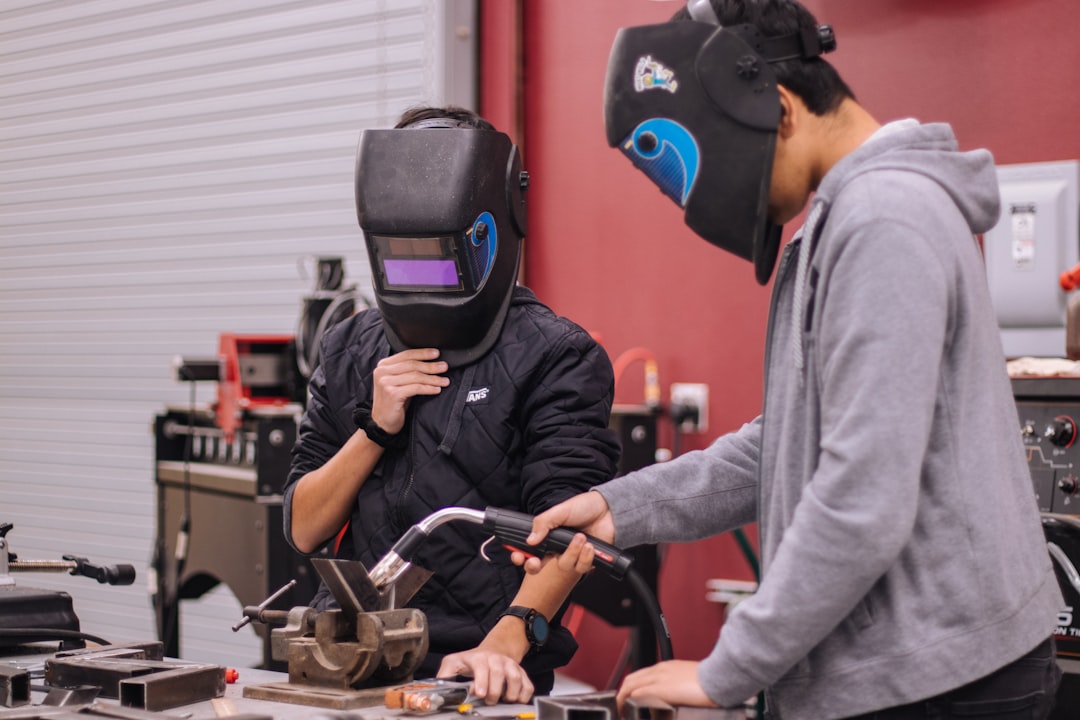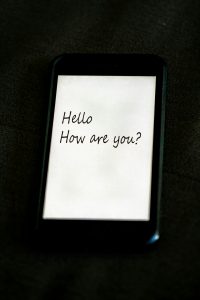
As artificial intelligence continues to reshape how humans interact with machines, educational institutions are embracing AI technologies to create more efficient, engaging, and personalized learning experiences. The Massachusetts Institute of Technology (MIT), known for being on the cutting edge of innovation, is integrating ChatGPT into its study programs to transform how students learn, collaborate, and conduct research. By utilizing ChatGPT, powered by OpenAI’s GPT-4 architecture, MIT is unlocking potential applications that span from personalized tutoring to enhanced research analysis and multilingual support.
Reshaping Classroom Experiences
In traditional academic settings, direct access to expert feedback is sometimes limited by the availability of instructors and teaching assistants. With ChatGPT, MIT students are gaining real-time, 24/7 access to a conversational AI that offers informative, context-aware support. Whether it’s assistance with problem sets, coding assignments, or clarification of complex theories, ChatGPT serves as a supplementary academic assistant to foster deeper understanding.
For instance, MIT’s Department of Electrical Engineering and Computer Science (EECS) has started incorporating ChatGPT in coursework as a companion tool for programming and theoretical subjects. Students can interact with the model for code debugging, mathematical proof explanations, and even simulated dialogues on ethical implications of technology.

Enhancing Research Through AI Collaboration
MIT is not only using ChatGPT in the classroom, but also tapping into its capabilities within laboratories and research initiatives. Graduate-level researchers are implementing ChatGPT as a tool to summarize academic papers, generate alternative hypotheses, and translate technically dense material into more accessible language for cross-disciplinary teams. This allows for quicker idea development and promotes collaborative projects among researchers from varying disciplines.
A major benefit observed is in literature review and data parsing. ChatGPT can scan large datasets or vast archives of academic publications and quickly summarize key insights or identify patterns — tasks that would traditionally consume hours, if not days. As a result, researchers are now spending more time on creative exploration rather than preliminary technical groundwork.
Language and Accessibility Improvements
MIT’s global student body often includes non-native English speakers, for whom language can be a barrier in comprehending course materials or contributing to discussions with confidence. By integrating ChatGPT’s multilingual and translation capabilities, these students find it easier to access educational resources in their native languages or receive explanations in simpler English.
Additionally, visually impaired or neurodiverse students benefit from customized interactions with ChatGPT. The tool can present information in audio format or adapt its conversational style to better align with a student’s unique learning needs, thereby reinforcing MIT’s commitment to inclusive and accessible education.
Building Custom AI Tools Using ChatGPT APIs
Because MIT encourages a hands-on, exploratory approach to innovation, many student engineering teams are building their own AI-driven applications using the ChatGPT API. Some projects in development include:
- A virtual lab assistant that can guide students through complex experiments in real-time.
- An essay feedback tool capable of evaluating argument structure and logical consistency.
- A peer review chatbot that helps students critique each other’s work constructively before submission.
These custom tools are being used in disciplines ranging from bioengineering to journalism. The flexibility of ChatGPT’s underlying architecture enables coding students to build support systems that are both domain-specific and user-friendly.

Ethical Education and Responsible Use of AI
Although the benefits of ChatGPT are immense, MIT also emphasizes educating students about the ethical implications of AI usage. Instructors guide discussions around data privacy, source integrity, dependence on automation, and the potential for algorithmic bias.
Courses such as “AI Ethics and Society” incorporate ChatGPT as a teaching tool and a discussion subject. Students use ChatGPT to simulate ethical dilemmas or explore the philosophy of intellectual property in the context of machine-written content. These exercises help students understand not just how to use AI tools, but when and why they should — or should not.
Feedback Loop: Continual Learning at Institutional Level
To ensure meaningful integration and continuous improvement, MIT gathers feedback from students and instructors using ChatGPT in real-life applications. This feedback loop informs the development of custom training datasets and fine-tuned models more suited to academic tasks. MIT collaborates with OpenAI and other AI research organizations to examine how large language models perform in educational contexts and what refinements are needed for optimal utility.
Moreover, MIT Labs have even begun exploring the future of AI teaching assistants — envisioning intelligent agents that can act as full-fledged co-instructors capable of delivering lectures, moderating discussions, or managing online coursework autonomously.
Conclusion
MIT’s proactive integration of ChatGPT into its study programs represents a critical shift in the way academic institutions leverage technology to empower learners and researchers. From personalized academic support and collaborative research to inclusive learning and ethical education, ChatGPT is fast becoming an indispensable ally in MIT’s educational ecosystem. As capabilities evolve, and as universities like MIT continue pushing boundaries, the synergy between artificial intelligence and human intellect promises a future rich in innovation, understanding, and limitless potential.
FAQs
- Q: What courses at MIT use ChatGPT?
A: ChatGPT is used in various MIT courses, especially within computer science, engineering, and humanities. It supports tasks like coding help, essay reviews, and theoretical problem exploration. - Q: Is ChatGPT replacing professors or teaching assistants at MIT?
A: No, ChatGPT is seen as a supplemental tool rather than a replacement. It enhances learning by providing additional support, freeing up instructors to focus on more complex educational interactions. - Q: Can MIT students build their own tools using ChatGPT?
A: Yes, through access to ChatGPT APIs, students at MIT design and implement custom AI tools as part of class projects, research work, or entrepreneurial initiatives. - Q: How does MIT ensure ethical use of ChatGPT in its programs?
A: MIT incorporates ethical AI education within its curriculum. Students are trained to understand the implications, limitations, and responsibilities associated with AI use, including issues like data bias and academic integrity. - Q: Is ChatGPT accessible to all MIT students?
A: Yes, MIT fosters accessibility by ensuring all students, including international and differently-abled learners, can benefit from ChatGPT through language translation, simplified explanations, and adaptive interfaces.






